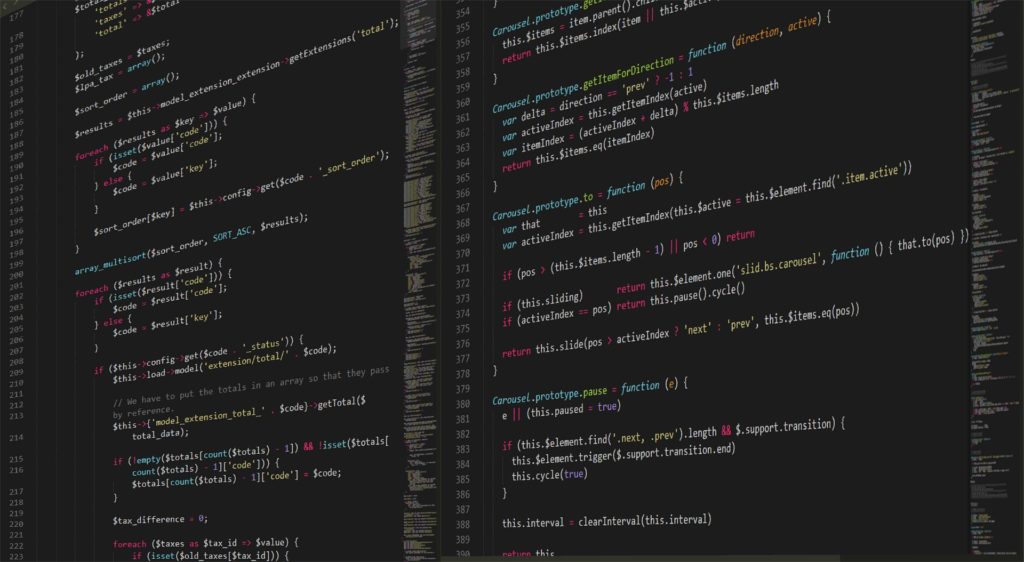Blog Details

A Guide To Ensure The Best UX For Your WebRTc Application
- December 1, 2020
- Uncategorized
- API
- User Experience
- WebRTC
- webrtc app development
- WebRTC UX
WebRTC is still an evolving and leading-edge space. Thus, a lot of opportunities are hidden in plain sight. We are still exploring the technology. And, as we gain more familiarity, more prospects are sure to surface.
A large number of enterprises, brands, and tech innovators have realized that they need to upgrade their customer services with modern RTC (real-time communication) channels. WebRTC as a technology has a lot more in store for everyone: customers, companies, and developers.
As people who are really in love with WebRTC technology, we can keep talking about things like signaling, STUN, TURN, Peer-to-Peer encryption, ICE, DTLS, SRTP, and more. We are intrigued by this good, technical stuff because we want to leverage this technology for business expansion, customer service, or innovation. We at RTCweb.in certainly are, and we are proud of the fact that we drive innovation in the WebRTC technology.

Having said that, the end-user just does not care about the might and the opportunities of this technology. All they are concerned with is EXPERIENCE, EXPERIENCE, and EXPERIENCE. For them, the UX of the application is all that matters!
With this blog, we aim to talk about delivering the best user experience (UX) through WebRTC based applications.
When planning a WebRTC project, all your decisions will significantly impact the experience for users. As you plan to bring real-time communication into your environment, here are some aspects of WebRTC technology that you need to consider for delivering a smooth user experience.
The following factors decide how good the user experience of your WebRTC solution will be:
- API Platform
- Signaling
- Codecs
- Server Side Functional Elements
Let’s discuss each one of them in detail –
API Platform

An API platform is a set of servers and SDKs. It provides everything needed to build a WebRTC application. API platforms handle basic functions, such as the connection between users, session connections, media flow, network address translation, and more. All this on the server-side. Advanced features like multi-party communications, streaming, recording, support for third-party integrations for identity management, etc. are also enabled by API platforms. Efficient API platforms offer support for browsers as well as mobile devices.
Besides, WebRTC is an open-source standard. This implies that one can take the code and use it. This often excites people and they think if they should build a solution instead of buying from a service provider. This article can help you choose between buying and building.
Signaling

Establishing a connection between peers requires a signaling server to connect them over the internet. A signaling server is an intermediary that lets two peers establish a connection while keeping the information safe.
A signaling server is a must for any WebRTC application. WebRTC doesn’t specify a transport mechanism. Anything from WebSocket to XMLHttp can be used to exchange information between the two peers.
The signaling server doesn’t need to understand or interpret the content exchanged. The content of the message going through the signaling server is just a black box. The ICE subsystem available with both peers is used to send and receive information. All that matters is the channeling of the information and not the content.
No matter how good SDKs or server components are, if the transport channel is not good, the user will be left with buffering. For the smooth UX, you need robust signaling servers which can be provided by RTCWeb.in.
Codecs
An integral part of the success of the WebRTC is the voice and video interoperability between two applications. Wrong call on which audio and video codecs leads to bad quality of voice and video. It can even cause service failure citing code incompatibility.
You need a strong backend to deliver the User Experience that you want to deliver. and thus, the quality of code cannot be compromised.
At RTCWeb.in, we understand the need for solid code for WebRTC applications. Therefore, we have a pool of programmers who understands the code and can build high-performing, custom solutions with it.
Server-side functional elements

WebRTC needs four types of server-side functionality.
- User discovery and communication – (For users to discover each other and communicate.)
- Signaling – ( For client apps to exchange network information.)
- NAT/firewall traversal – (For peers to exchange data about media format and resolution.)
- Relay servers – (For WebRTc client apps to traverse NAT gateways and firewalls.)
Discussing Peer-to-peer networking, NAT traversal, relay servers, server app for user discovery, etc. would need a separate blog. Watch this space for a future article where we will talk about them. For now, let’s say that to cope with network vagaries, STUN protocol, TURN and their extensions are used. This helps in an enhanced User Experience.
***
UI/UX configuration administrations for an application require you to take many things into considerations. For instance, if you are focusing on a vast crowd, your plan must be moderate and natural. A UI with explicit highlights and features can be suitable for a specific group. Whatever be the requirement and target audience, the app must be advantageous for everyone. The interface must have something of interest to all users.
Let’s create a WebRTC application with an intuitive UX, together! RTCWeb.in is here to help you improve your UX game for the real-time communication app.
